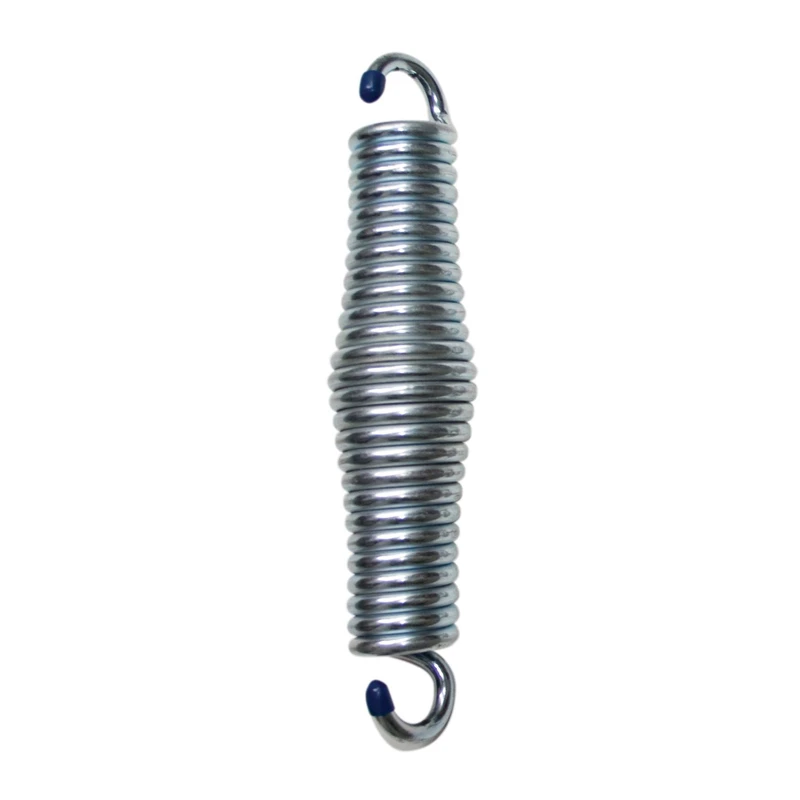
- Mobile Phone
- +8613931874955
- sales@cntcmetal.com
Exploring Innovative Designs for Grid Mesh Wall Structures and Applications
Understanding Grid Mesh Walls A Comprehensive Overview
In modern architecture and engineering, grid mesh walls have emerged as an innovative solution for a variety of applications. These structures are known for their unique design, strength, and versatility, making them an increasingly popular choice for both commercial and residential projects. This article aims to delve into the characteristics, benefits, and various uses of grid mesh walls.
What is a Grid Mesh Wall?
A grid mesh wall is a modular wall system constructed from a series of interconnected metal or composite grids. These grids can be made from a variety of materials, including steel, aluminum, or specialized composites designed for durability and strength. The primary advantage of using a grid mesh system is its lightweight nature combined with the capacity to support significant loads. The grid structure not only provides stability but also allows for greater flexibility in design and function.
Key Characteristics
1. Modularity The grid mesh design is modular, which allows for easy assembly and disassembly. This feature can be particularly advantageous in temporary structures or environments where adaptability is necessary.
2. Transparency Depending on the materials used, grid mesh walls can offer a degree of transparency, allowing natural light to permeate the space. This is particularly appealing in commercial settings where visibility and aesthetics play a crucial role.
3. Strength and Durability Grid mesh walls are engineered to withstand various environmental pressures, including wind loads and seismic activities. Their structural integrity makes them suitable for both indoor and outdoor applications.
4. Versatile Applications These walls can be tailored for various uses, from security fencing to modern interior design elements, enhancing the functionality and aesthetics of a space.
Benefits of Grid Mesh Walls
1. Cost-Effective The simplicity of the grid mesh design, combined with its modularity, can lead to reduced labor and material costs in construction. Quick assembly means projects can be completed in less time, further lowering costs.
grid mesh wall

2. Ease of Maintenance Grid mesh walls are usually easier to maintain than conventional walls. Their materials can be resistant to rust and corrosion, requiring less frequent upkeep.
3. Eco-Friendly Many grid mesh materials are recyclable and can be sourced sustainably. This eco-conscious approach aligns with modern trends toward greener building practices.
4. Aesthetic Appeal The contemporary look of grid mesh walls lends itself well to modern design aesthetics. They can be used to create striking visual elements or partitions that enhance the overall ambiance of a space.
Applications of Grid Mesh Walls
1. Industrial Settings In warehouses and factories, grid mesh walls are commonly used for safety barriers, helping to delineate work areas and protect personnel from hazards.
2. Commercial Spaces Retail stores often utilize grid mesh walls for display purposes, allowing for flexible merchandising solutions that can be easily adapted as inventory changes.
3. Residential Use Homeowners are increasingly incorporating grid mesh designs into their properties, using them as decorative wall features, garden fencing, or even as balconies and railings that provide safety without obstructing views.
4. Art Installations Artists and designers have embraced grid mesh structures as a medium for creative expression, using them to construct compelling installations that invite interaction and exploration.
Conclusion
Grid mesh walls represent a forward-thinking approach to architecture and design, balancing functionality, aesthetic appeal, and sustainability. Their modularity, strength, and versatility make them suitable for a wide range of applications, from industrial to residential. As the construction industry continues to evolve, grid mesh walls will undoubtedly play a pivotal role in shaping the spaces we live and work in. Embracing this innovative solution can lead to more efficient, stylish, and sustainable building practices, ultimately enhancing the built environment for future generations.
share:
-
Why Sacrificial Formwork Is Redefining Underground ConstructionNewsJun.06,2025
-
The Structural Dynamics of Modern Concrete: How Snake Spacers Revolutionize Flexible ReinforcementNewsJun.06,2025
-
Snake Spacers Smart-Lock Concrete Reinforcement with Surgical PrecisionNewsJun.06,2025
-
Snake Spacers: Reinforcement Precision for Modern Concrete ProjectsNewsJun.06,2025
-
Snake Spacers Powering Concrete's Structural DNANewsJun.06,2025
-
Slither into Success: Snake Spacers' Precision Bite for Unbreakable ReinforcementNewsJun.06,2025
-
Sacrificial Formwork: Building Stronger, Faster, and Safer StructuresNewsJun.06,2025



















